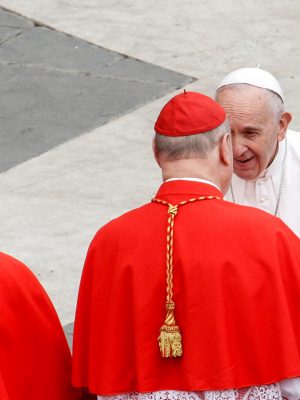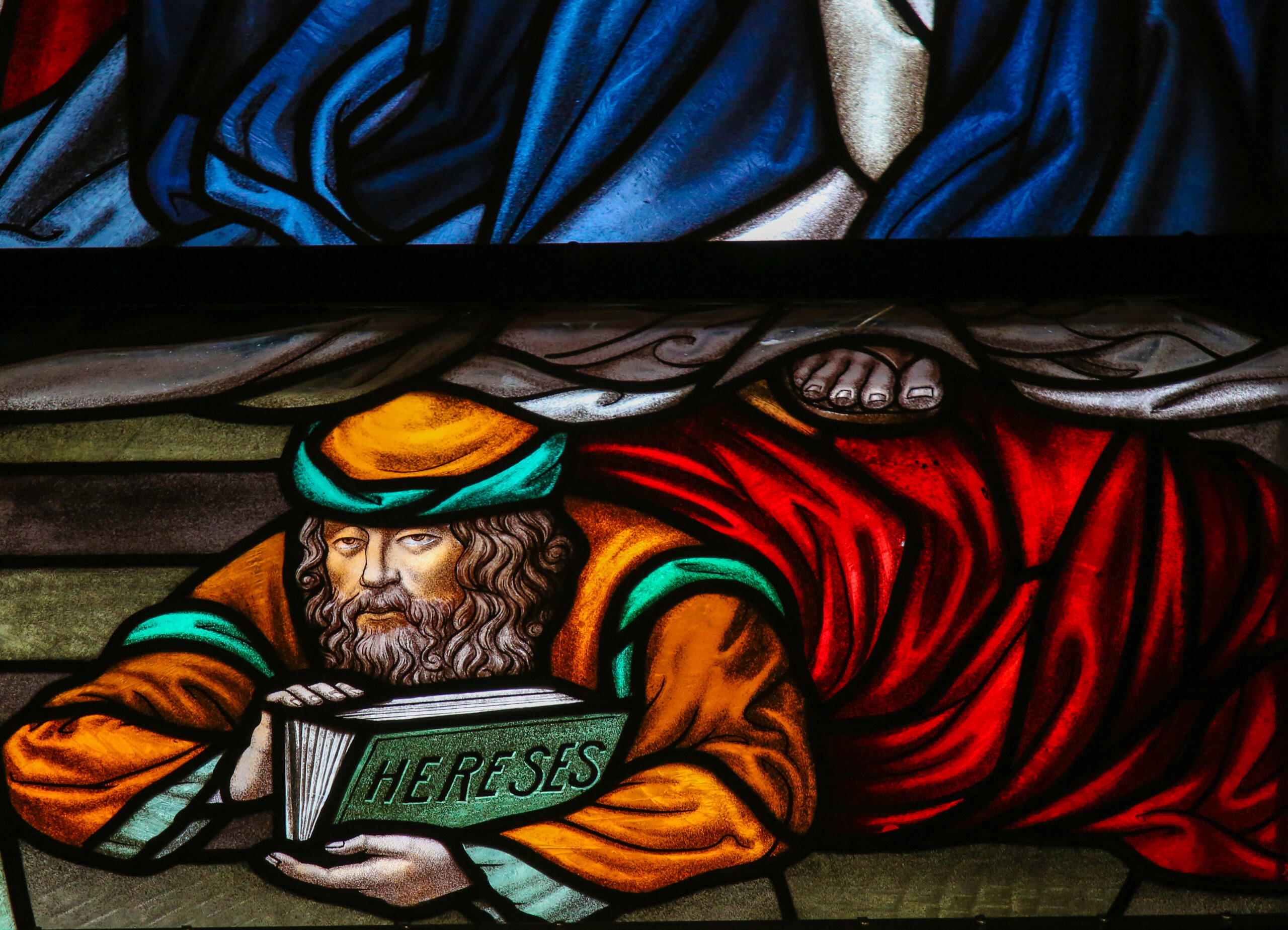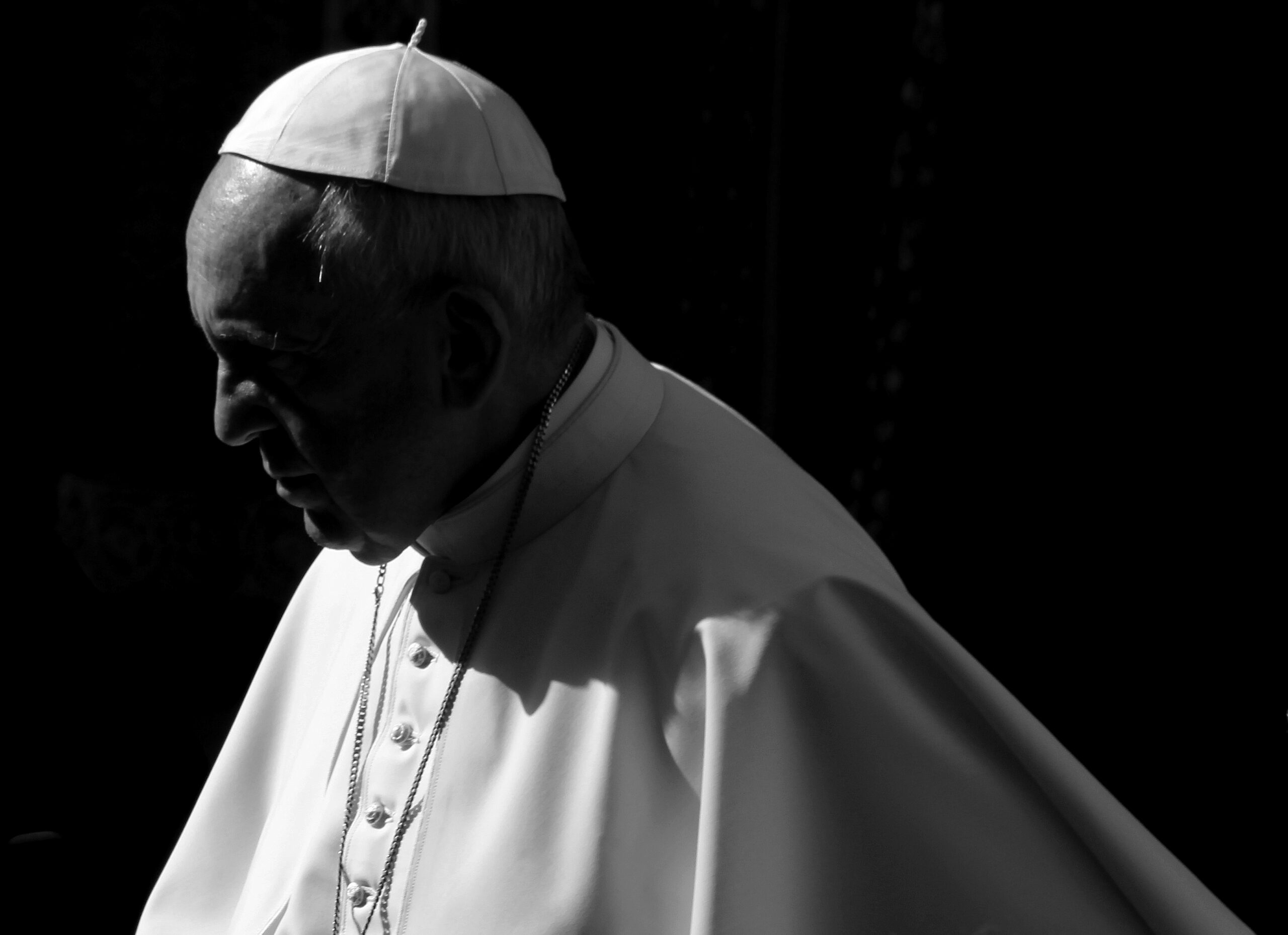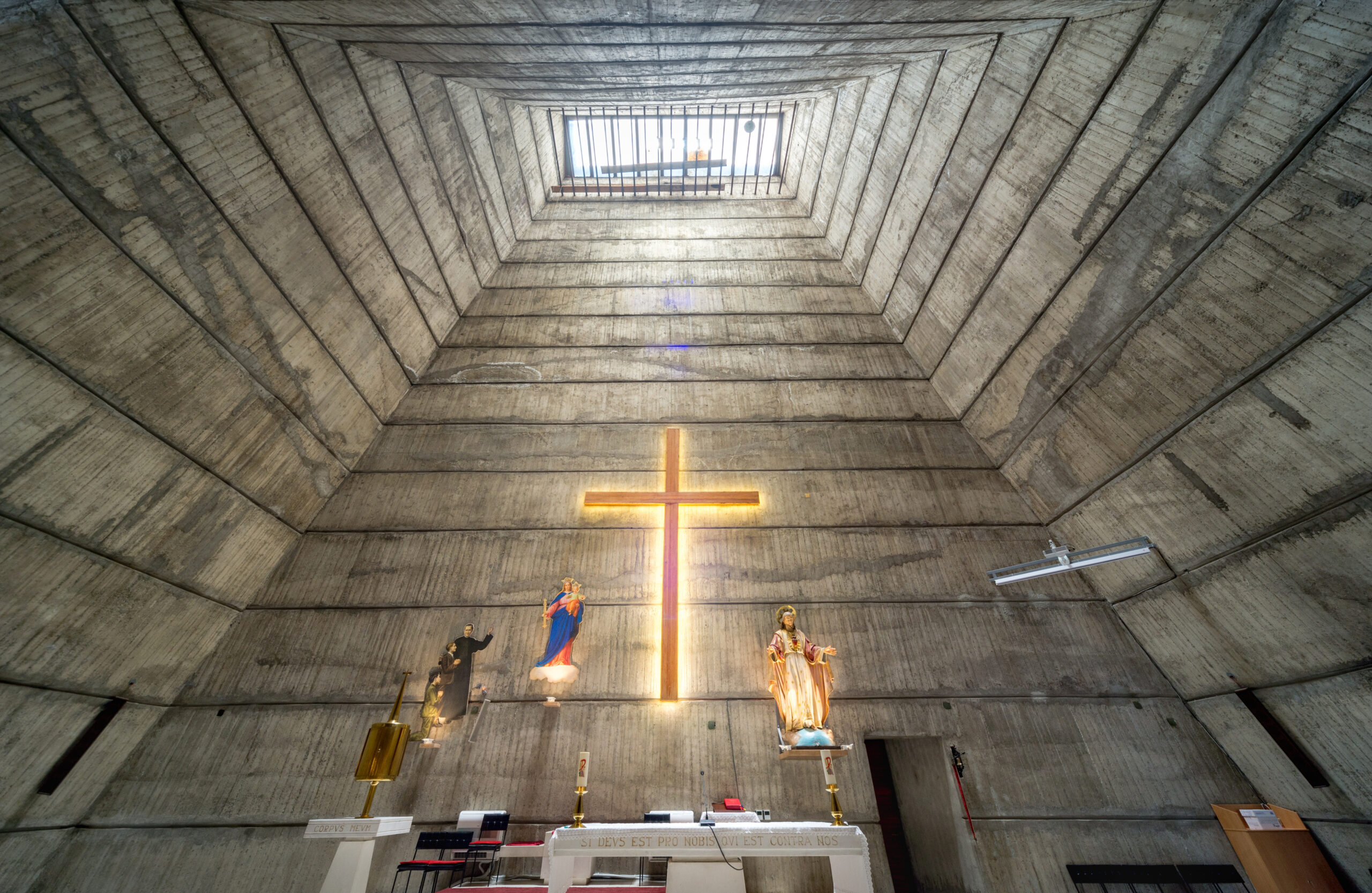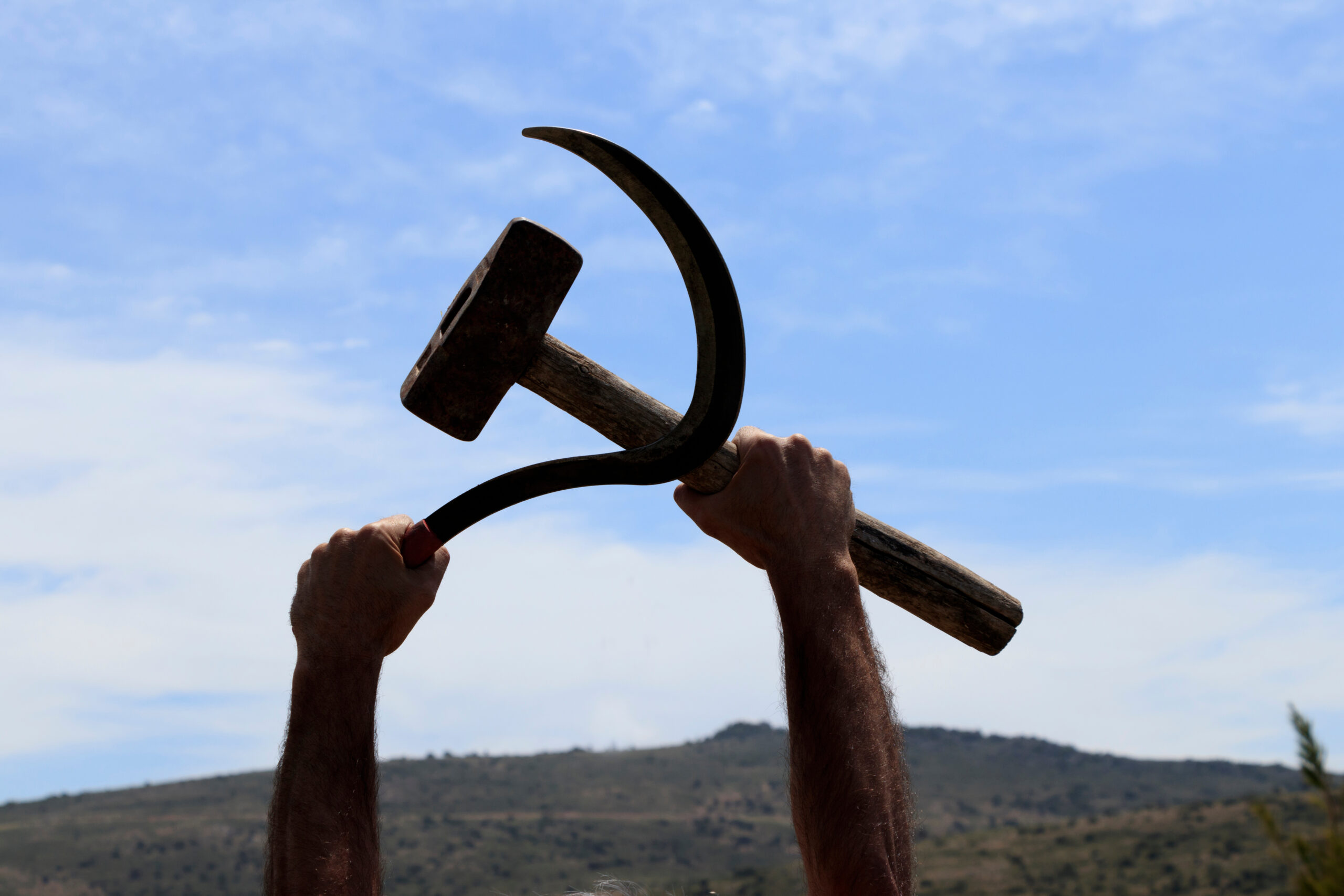In discussing my new book, The St. Gallen Mafia, certain questions frequently come up. Here are some of them.
What made you want to write this book?
I still remember the moment when I first became captivated with the St. Gallen mafia, the secret group of high-ranking churchmen who used to meet at or near St. Gallen, Switzerland to plot their opposition to then Cardinal Joseph Ratzinger. It was winter, it was night, and I was reading Henry Sire’s The Dictator Pope. When the first chapter turned to the mafia’s leader, Cardinal Carlo Maria Martini, I was arrested. I temporarily put down the book, downloaded Martini’s Night Conversations, and read late into the night.
When I finished, I knew I had wandered into a detective story.
A detective story?
Yes. At the center stood Martini—the man hailed as the next pope by the media in the 1990s. It is said that the mafia at this time wanted Martini as pope, too—but then Martini got sick with Parkinson’s. So Martini’s dream mutated in order to survive. No longer the “next pope,” Martini began in Night Conversations to call himself the “ante-pope,” the mysterious forerunner to some future pope.
But what exactly did it mean for Martini and his mafia to be precursors and preparers? As I researched these questions, I had a fundamental hunch about this book: namely, that since Martini had already produced the quasi-confessional Night Conversations and his friend Cardinal Godfried Danneels had already boasted in 2015 of being in a “mafia,” there would be a trail of other “confessions” about this group’s aims and workings.
What are some of these other confessions or half-confessions?
For instance, there was the time when I suddenly found out there was a photograph of mafia members meeting up before the 2005 conclave—a picture modestly entitled “A Visit Enjoyed by Friends.” I spent hours trying to find that elusive picture, to no avail, only to learn that the person who had leaked it in a small publication was none other than Cardinal Achille Silvestrini, a mafia member who apparently just had to confess.
Then one August day, searching online books for information about a mafia member, I stumbled upon the mysterious 2007 French text Confession d’un Cardinal. It was the confession of an anonymous cardinal who presented himself as a good friend of several mafia members. As this mysterious cardinal described the “antagonistic” tendencies that separated Martini and his friends from Pope Benedict XVI; as he spoke of Cardinal Bergoglio’s second-place performance in the 2005 conclave that elected Benedict; as he said to keep that performance in mind in case Pope Benedict’s pontificate did not last long, pointing out that Bergoglio was not yet seventy years old—I felt my jaw drop. I felt I was in the presence of an intelligence that was part of the mafia itself. I felt, in short, like I was possibly listening to Silvestrini himself.
In any case, the mafia and its allies had left a trail of clues about its aims and plans.
What was this mafia program?
There are numerous blueprints of this plan. The earliest one that my book discusses goes back to the man who might be described as the father of the St. Gallen mafia: Fr. Karl Rahner, S.J. In the early 1970s, he published The Shape of the Church to Come. It called for openness on, among other things, Communion for the divorced and civilly remarried, the ordination of married men and women, synodality, and voting for pro-abortion politicians.
In the 1970s, various members of the St. Gallen mafia sprang into action and focused specifically on subverting priestly celibacy and the prohibition against Communion for the divorced and civilly remarried. Later, after the mafia began meeting around 1996, Martini gave a 1999 “dream” speech in which he listed a number of doctrinal and disciplinal “knots” that needed to be addressed. He spoke in somewhat coded terms, but he was referring to many of the same issues as Rahner: the ordination of married men, Communion for the divorced and civilly remarried, synodality, and so on.
How was this program pursued in the pontificate of Benedict XVI?
During the pontificate of Benedict XVI, the mafia led a multi-pronged war. Specifically, Martini kept alive the dream of another council or series of synods; Kasper clung to the hope of opening up Communion to the divorced and civilly remarried; and Danneels pushed for exceptions to the ban on condoms. But their agenda could only get so far.
Then Benedict mysteriously abdicated. As my book explains, this enigmatic event happened in a curious context of activity from the mafia. Specifically, in early 2012 Martini told a confidante that he hoped Benedict would abdicate “soon,” and then, according to his confessor, in June 2012 Martini told Benedict to resign. Less than a year later, Martini was dead, Benedict was gone, and the quest to undo Benedict’s legacy began in earnest.
How does the pontificate of Pope Francis fit into this quest?
The pontificate of Pope Francis is reminiscent of that line from novelist William Faulkner: “The past is never dead. It’s not even past.” Under Francis, this pontificate has been haunted by the ghosts of the St. Gallen mafia. Suddenly, Martini is back, seeing his dream of synodality move forward; suddenly, Cardinal Walter Kasper is back, seeing the triumph of his proposal for Communion for the divorced and civilly remarried.
Meanwhile, Pope Francis seems to be obsessed with how “time is greater than space.” It’s an academic way of saying that what matters is using time—and patience—to accomplish things incrementally. So in Part II of the book we learn not only what this pontificate is trying to accomplish but also how it goes about doing it: slowly, step by step. “Time is greater than space” means that a pause in one’s plans is only temporary and what matters is where one ends up.
And where does this story end?
In the book, the last chapter, “Time,” in fact circles back in time to explore a mystery: How did then Cardinal Bergoglio arrive on time to become pope in 2013? So the structure is very circular.
Another way to tell this story, though, is to go beyond the book to some of the pieces I have written for 1Peter5. The first article is on Traditionis Custodes, the papal text that severely restricts the Traditional Latin Mass, and it shows how there was in fact a St. Gallen backstory to the maneuver. The second article is on the synod on synodality, and it shows how this theme was in fact Martini’s dream. Together, these two articles form a kind of supplement to the book—a kind of Afterword.
These articles also, in my opinion, have the mood of an endgame. If they were parts of the book, in fact, I’d use “Endgame” as their title. There’s an old saying about how “things accelerate toward the end.” I think that’s precisely what we’re seeing here, toward the presumable end of Francis’s pontificate. Things are accelerating toward the end.
The St. Gallen Mafia is available from TAN Books in hardcover or eBook.



